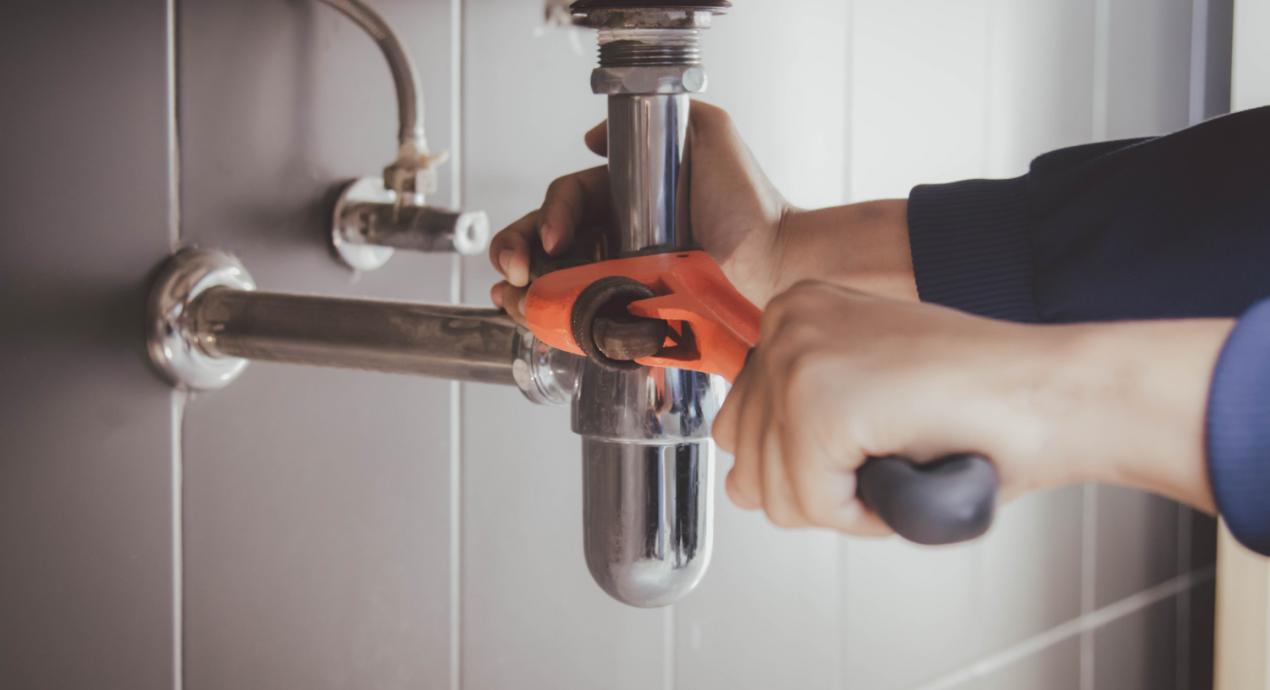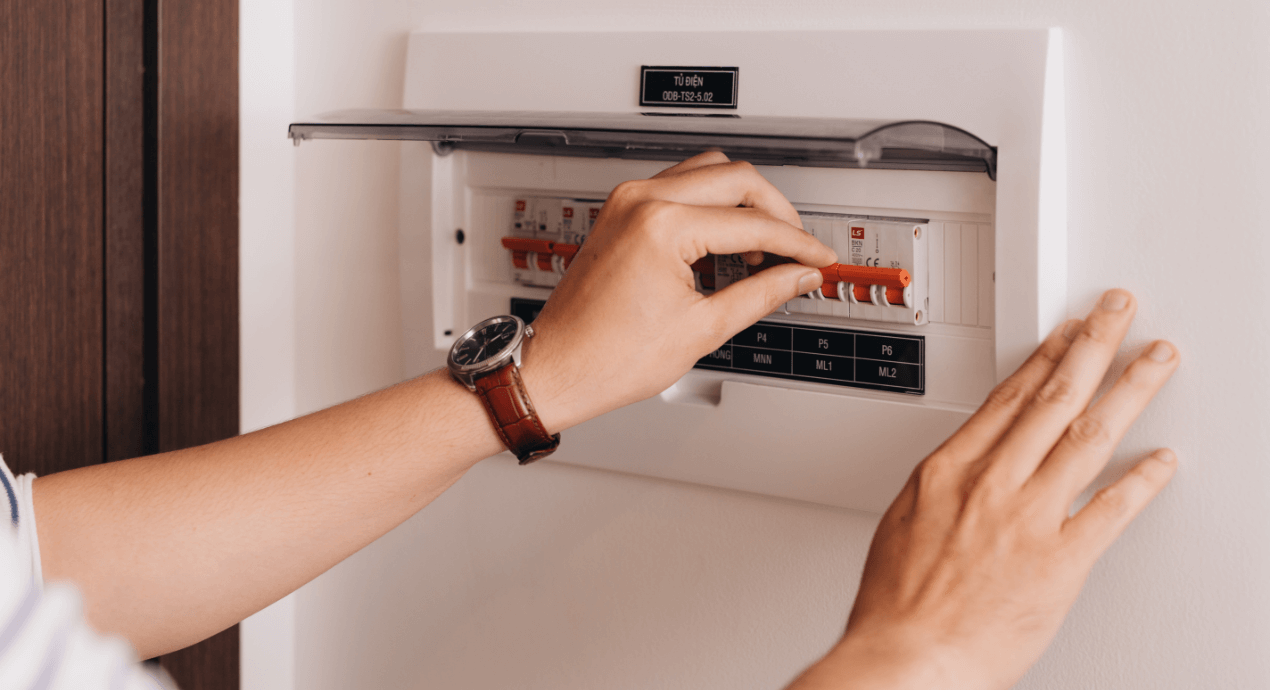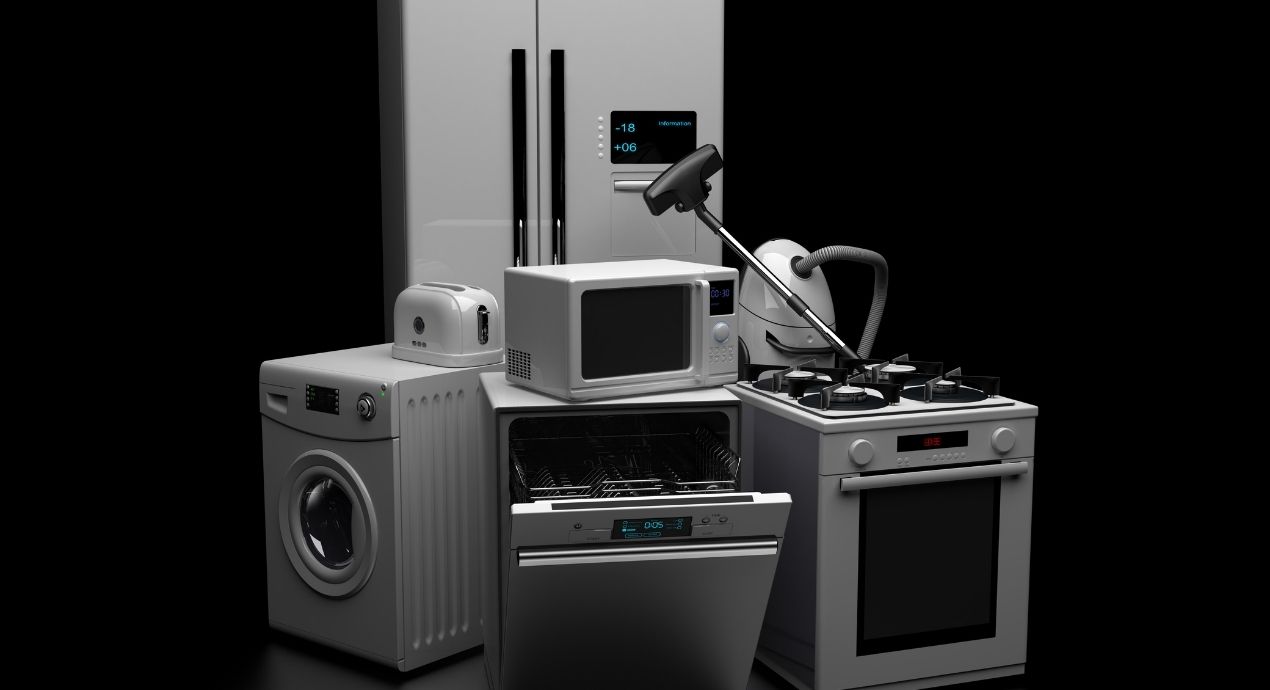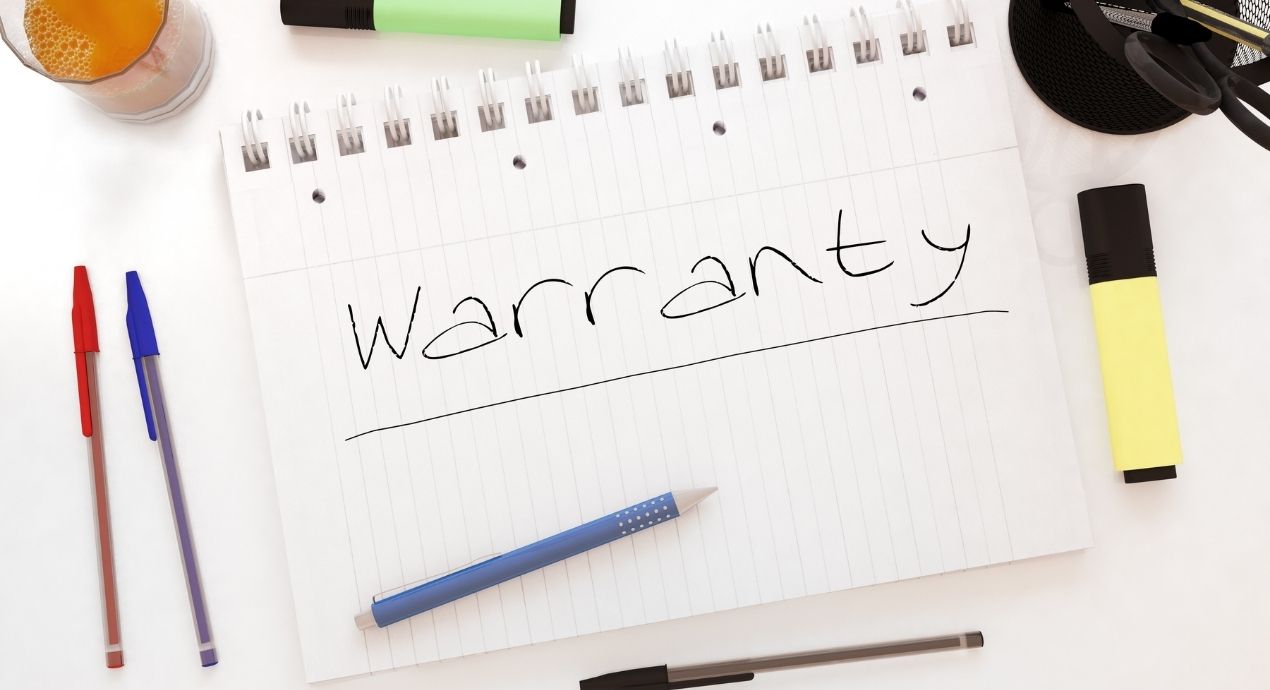
Contemplating coverage?
Subscribe to receive our emails & get
$200 off!
Have questions?
Call us: (833) 544-8273


Written By Erin Easley
Indoor plumbing is one of a home’s most critical systems, on par with the electrical system and heating, ventilation, and air conditioning. Some plumbing disruptions cause only a minor nuisance, but others can bring about significant and cascading problems that pose a danger to your home and even your health.
Qualified plumbers do not always come cheap. Something as commonplace as a clogged sink can cost a few hundred dollars to properly resolve, and specialized plumbing services for serious issues can cost thousands.
Plumbing warranty coverage—sometimes referred to as home plumbing insurance—can help you to affordably resolve leaks, clogs, and other plumbing issues, but it is not always immediately clear what a policy will and will not cover.
A home warranty with plumbing coverage is a worthwhile investment, but homeowners should be mindful of common exclusions. In this article, we’ll review the most common plumbing coverage questions. We’ll also explain what a standard home warranty policy will and will not cover with regard to a home’s plumbing system.
The coverage specifics for plumbing and any other home system can vary from company to company. It can even vary from policy to policy within the same company. Coverage can be dependent on the cost of your premium, the age and design of your home, your home’s location, and many other factors.
That said, below is some general information on the most common questions homeowners have about plumbing coverage. It is a good idea to refer to your contract or consult with your warranty provider to confirm the specifics of your policy.
The average home has two main lines going in and out: the main water supply line and the main sewer line.
Most plumbing warranties cover leaks, breaks of water, and stoppages, and this often includes the home’s main lines. There are some caveats to keep in mind, however.
Coverage for stoppages and clogs is often limited within a physical distance from the plumbing system’s access point. If the stoppage is more than 100 feet away from the access point, for instance, your provider may deny coverage.
Similarly, your provider may cover a stoppage or clog only if there is an accessible cleanout at ground level. A cleanout is a capped pipe somewhere on the property that provides easy access to the main lines. Many municipalities require cleanouts, especially for new homes. If you don’t have one, it may be worth installing one. Cleanouts make it significantly easier to resolve plumbing issues, which translates to lower bills for you or your warranty provider.
Finally, few warranties will cover main lines that are severed, collapsed, or damaged by tree roots. Homeowner’s insurance may cover this type of damage instead.
It depends, some home warranties or plumbing insurance for homeowners can cover frozen pipes. This is not necessarily a guarantee, though.
Some warranty providers may defer to homeowner’s insurance companies to cover frozen pipes. Other companies may offer the option to remove this coverage for residents who live in warmer climates.
If you’re on the hunt for a home warranty, research potential providers to determine if they offer coverage for frozen pipes. As you prepare to sign a contract, be sure that this coverage is listed explicitly.
A slab leak occurs when a pipe ruptures beneath a home’s foundation. A natural event—such as an earthquake—could cause a slab leak, or a leak may develop over time as materials age and deteriorate.
A home warranty is unlikely to cover a slab leak. It may be possible to negotiate coverage with some providers, but be prepared to pay a significantly higher premium.
The good news is that your homeowner’s insurance may cover slab leak repair if the leak occurs as a result of natural disaster or weather event.
A home warranty that covers outside plumbing is certainly a possibility. Many warranty providers will offer coverage for outside valves, spigots, and showers. Coverage for exterior drain pipes and sewer pipes is standard, though it may limited to within a specific distance of the home or access point.
Base plans will rarely include coverage for sprinkler or irrigation systems, holding tanks, septic tanks, and certain plumbing fixtures. Homeowners can usually work with a warranty provider to add coverage for such equipment, however. Again, it’s a good idea to explicitly communicate your needs when working with a provider to craft your home warranty policy.
Yes, a home warranty will often offer additional coverage options for some plumbing fixtures. A standard plan may cover toilet tanks and bowls, shower and tub components, and mechanical components of built-in tubs.
There are some exclusions to be mindful of. Cosmetic damage, such as cracked porcelain, is not usually included in a warranty. Homeowners may need to specifically request coverage for some fixtures, such as bidets, faucets, showerheads, shower arms, and cartridges.
Home warranties have their limits, but the right plan will reward homeowners with substantial savings, peace of mind, and convenience when it comes to routine home repairs. Fortunately, home warranty coverage is easy to come by.
In some cases, homeowners can be gifted coverage by another party. It is not uncommon, for instance, for a realtor to gift a home warranty to a client upon closing. Similarly, contractors or home builders may provide a plumbing warranty on new homes.
If you’re interested in seeking coverage for yourself, you can reach out to the Liberty Home Guard team. We’ll talk you through your coverage options and help you craft an affordable policy that suits your specific needs. You can request a free quote through our website, or you can contact us over the phone by calling (866)-435-0374.

3 Reasons Your Circuit Breaker Keeps Going Off

What You Need to Know About Your GE Appliance Warr..

Is My Septic System Covered by Home Warranty?

How Do You Find out If You Have a Home Warranty?
Stay Ahead of Potential
Home Mishaps!
Subscribe to our Liberty Home Guard Newsletter and gain access to exclusive content that ensures your peace of mind.